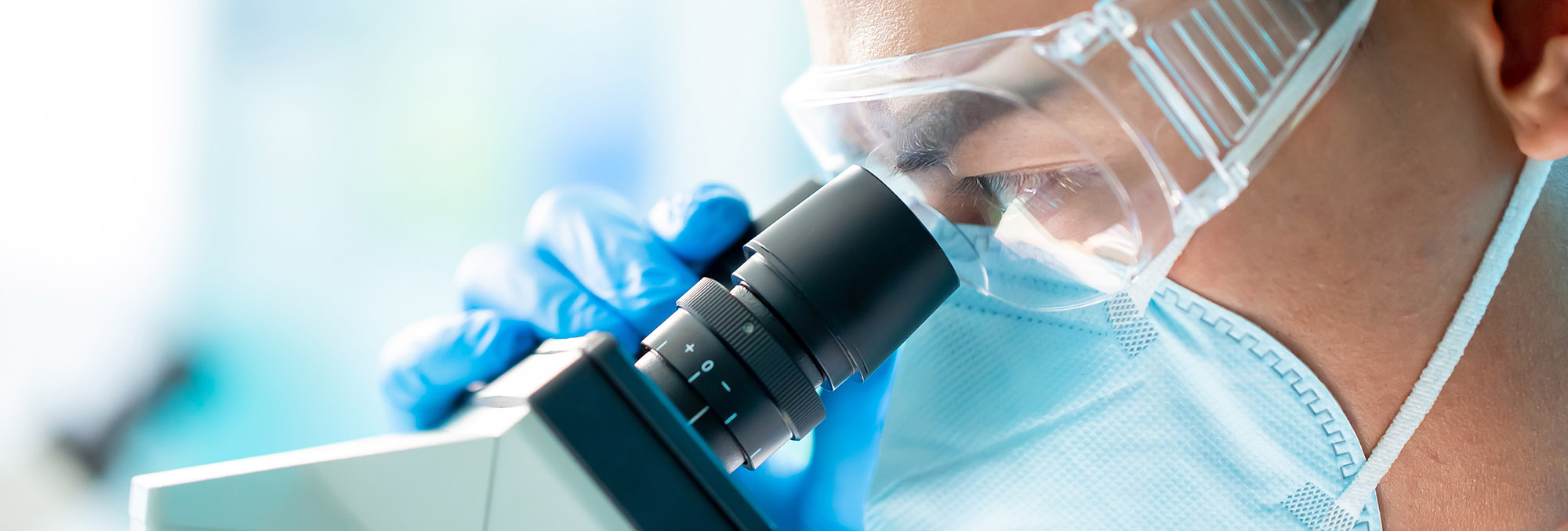CE and Exam Preparation for Medical Laboratory Professionals
LabCE is the premier resource for continuing education and board exam preparation for medical laboratory professionals. LabCE provides CE to over 400,000 medical laboratory scientists, medical laboratory technicians, histologists, and phlebotomists in the US, Canada, and worldwide.
Online Continuing Education Courses
- 233 courses with over 243 CE hours
- ASCLS P.A.C.E.® credits, acceptable for ASCP, AMT, and state license renewal
- Offers CE courses in chemistry, microbiology, hematology, blood banking, molecular, safety, laboratory management, and more
- 33 courses with over 38 CE hours
- Designed especially for phlebotomists
- Courses cover key phlebotomy topics and safety issues
- ASCLS P.A.C.E.® credits accepted for national and state CE requirements
- 54 courses with over 62 CE hours
- Designed especially for HTs and HTLs
- Courses cover key topics such as special stains, IHC, FISH, and safety
- ASCLS P.A.C.E.® credits accepted for national and state CE requirements
Exam Simulators
Exam Simulators for Certification Success
Get exam-ready with our comprehensive Exam Simulators, designed to help you prepare with confidence for your certification exams. Whether you're aiming for MLS, MLT, Phlebotomy, Histology, or Molecular certification, our simulators offer a flexible and effective way to study—on your terms.
Choose full-length mock exams that simulate the real testing environment, or drill down into specific subject areas for focused review. With unlimited randomized practice tests, you can test yourself as often as needed, while detailed performance reports help you track your strengths and weaknesses to fine-tune your study strategy.
Available Exam Simulators
Key Features
- Prepare for certification exams with realistic practice tests
- Review specific topics to target areas that need improvement
- Unlimited randomized exams to reinforce learning
- Performance reports to guide your study plan
From first-time test takers to those needing a second chance, our exam simulators are your trusted tool for achieving certification success.
Case Simulators
Interactive Case Simulators
Our expertly curated case simulators offer a dynamic and engaging way to build and assess critical laboratory knowledge across a wide range of disciplines. Designed for students, new professionals, and seasoned laboratorians alike, these simulators are ideal for reinforcing theory, training new employees, evaluating competencies, and supporting remediation efforts.
Each case is developed by subject matter experts to reflect real-world challenges and includes detailed feedback to enhance learning and retention. Whether you're preparing for the bench, the classroom, or certification exams, these tools provide a practical and effective way to strengthen your understanding.
Available Case Simulators
From first-time test takers to those needing a second chance, our exam simulators are your trusted tool for achieving certification success.
Why Choose These Simulators?
- Test and reinforce theoretical knowledge
- Train and assess new laboratory staff
- Conduct competency evaluations for medical laboratory professionals
- Address knowledge gaps and support targeted remediation
Explore the full suite of case simulators—your essential tool for hands-on learning in laboratory medicine.


